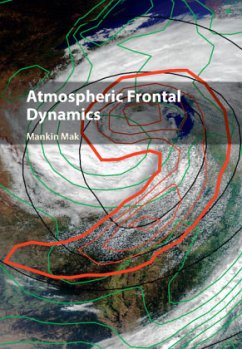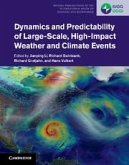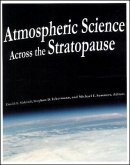This volume offers the first self-contained and comprehensive coverage of atmospheric fronts, providing the reader with an understanding of the multifaceted aspects of both surface and upper-level fronts. Using illustrative analyses of a hierarchy of progressively complex frontal models, this book will be an asset to both researchers and students.
'The fluid dynamical theory of fronts is one of the most elegant mathematical models in atmospheric science. A concise summary of this body of theory has been overdue. Professor Mak's book leads us through the essential mathematics, with an engaging narrative style and graphical solutions which bring the theory to life. The book provides a comprehensive survey of the mathematical models, and offers some pragmatic ways of obtaining solutions. The methods build from elementary kinematic models which can be understood with undergraduate mathematical methods, to sophisticated analysis of three-dimensional semigeostrophic systems which will interest and challenge graduate students and researchers alike. With its elegant mathematics and application to real world weather systems, the material will be a fine intellectual stimulus for students [studying mathematics, fluid dynamics or meteorology].' Douglas J. Parker, University of Leeds








